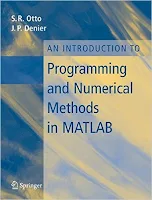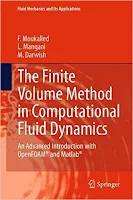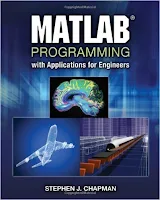Essentials of Offshore Structures: Framed and Gravity Platforms
D. V. Reddy, A. S. J. Swamidas ...
684 pages - Publisher: CRC Press; 1st edition (June, 2013) ...
Language: English - ISBN-10: 1420068822 - ISBN-13: 978-1420068825 ...
Essentials of Offshore Structures: Framed and Gravity Platforms examines the engineering ideas and offshore drilling platforms for exploration and production. This book offers a clear and acceptable demonstration of both the theory and application of the relevant procedures of structural, fluid, and geotechnical mechanics to offshore structures. It makes available a multitude of "solved problems" and "sample problems to solve" which give readers a strong understanding of the analysis and design of steel-framed and base-supported concrete gravity offshore structures. The book highlights sensible engineering applications for offshore structural design, research, and development; it can also be useful to those working in the design industry.
The user will have a detailed overview of the various structures used in the offshore environment and the preliminary costing factors that will influence their choice for the site. + Analytical principles emphasized in the book will help the user to clearly comprehend the various issues that need to be taken into account in the analysis and design of an offshore structure, using the API code. + The book includes extensive worked-out problems and sample problems for use by the students and instructors, with a Solution Manual. + The seabed pile/gravity foundation analyses and design are clearly outlined with their embedment characteristics and problems worked out. + A global description of environmental forces has been given that includes those due to wave, wind, current, tides, earthquakes, ice floe/sheet action, and limit ice-load on Arctic structures. + The book outlines the various factors that influence the material choice for offshore structures including fatigue and corrosion of the platforms in the ocean environment. Separate chapters detail the factors that influence the pile embedment and concrete gravity foundation characteristics, material choice including fatigue and corrosion, estimation of ocean environmental forces that will be exerted on the offshore structures, and the analysis fundamentals that the reader needs to possess. The last two chapters give detailed insights into the analysis and design of framed and concrete gravity platform offshore structures using API code procedures. Overall, this book is a comprehensive presentation of the analysis and design of steel and concrete offshore structures.
684 pages - Publisher: CRC Press; 1st edition (June, 2013) ...
Language: English - ISBN-10: 1420068822 - ISBN-13: 978-1420068825 ...
Essentials of Offshore Structures: Framed and Gravity Platforms examines the engineering ideas and offshore drilling platforms for exploration and production. This book offers a clear and acceptable demonstration of both the theory and application of the relevant procedures of structural, fluid, and geotechnical mechanics to offshore structures. It makes available a multitude of "solved problems" and "sample problems to solve" which give readers a strong understanding of the analysis and design of steel-framed and base-supported concrete gravity offshore structures. The book highlights sensible engineering applications for offshore structural design, research, and development; it can also be useful to those working in the design industry.
The user will have a detailed overview of the various structures used in the offshore environment and the preliminary costing factors that will influence their choice for the site. + Analytical principles emphasized in the book will help the user to clearly comprehend the various issues that need to be taken into account in the analysis and design of an offshore structure, using the API code. + The book includes extensive worked-out problems and sample problems for use by the students and instructors, with a Solution Manual. + The seabed pile/gravity foundation analyses and design are clearly outlined with their embedment characteristics and problems worked out. + A global description of environmental forces has been given that includes those due to wave, wind, current, tides, earthquakes, ice floe/sheet action, and limit ice-load on Arctic structures. + The book outlines the various factors that influence the material choice for offshore structures including fatigue and corrosion of the platforms in the ocean environment. Separate chapters detail the factors that influence the pile embedment and concrete gravity foundation characteristics, material choice including fatigue and corrosion, estimation of ocean environmental forces that will be exerted on the offshore structures, and the analysis fundamentals that the reader needs to possess. The last two chapters give detailed insights into the analysis and design of framed and concrete gravity platform offshore structures using API code procedures. Overall, this book is a comprehensive presentation of the analysis and design of steel and concrete offshore structures.















































